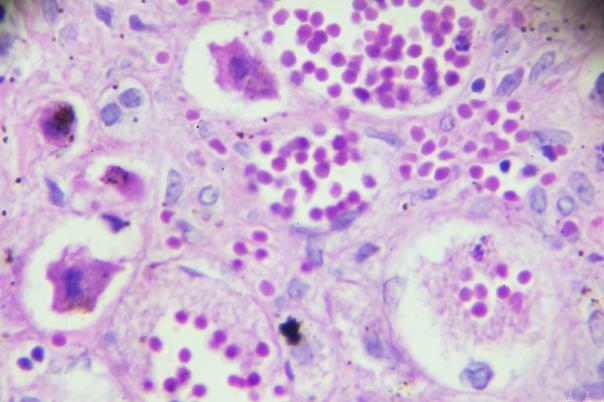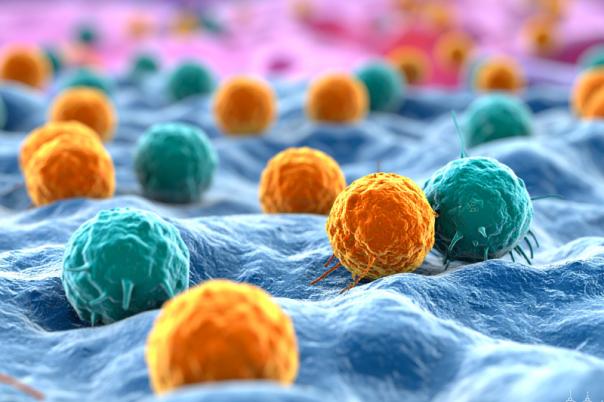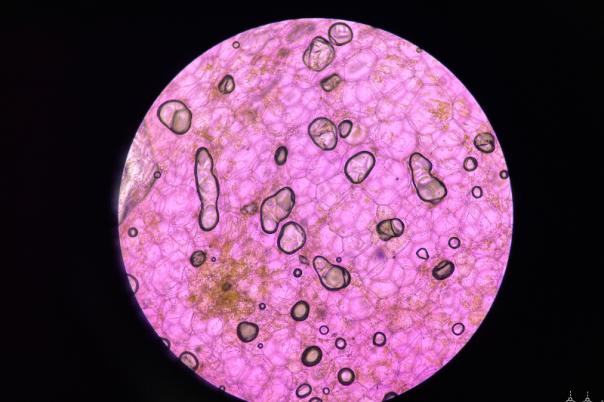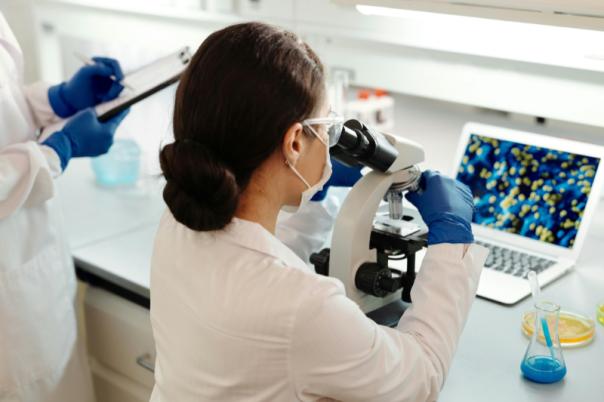Spatial imaging platforms have the ability to peer into biology that would have previously been a mystery. When it comes to analysing the data from these technologies however, it is critical to make sure that the accuracy of the images captured are accurate.
Alvaro Crevenna works in microscopy at the European Molecular Biology Laboratory which uses in situ sequencing for their various projects. He highlighted two methods which the lab uses to decode spatial transcriptomic images for these projects.
The first was colour combinatorics which uses N imaging rounds to detect a total of CN genes where C is the number of channels; with four channels, this method has the potential to image the entire transcriptome. Secondly, they use sparse encoding which can look at the number of channels times 2N.
These methods work very well for images with a low density of spots. However, larger images with higher densities of spots can result in difficulties identifying and differentiating those sites. The accuracy of identifying spots in images is crucial for downstream data analysis. Therefore, unidentifiable spots can burden projects which seek to image large parts of or entire transcriptomes.
This led Crevenna to investigate ways of elucidating the biology within spatial transcriptomics by improving the resolution of the images. Specifically, Crevenna highlighted structured illumination microscopy (SIM) as a way of improving image resolution and spot identification. SIM works by imposing a spatial pattern on the sample and using the information from multiple images to recover higher spatial frequencies.
Crevenna then outlined the significantly enhanced improvements in imaging and spot detection that SIM was able to deliver, compared to wide field imaging. The images using SIM showed better defined bright spots compared to the blurrier undefined spots on the widefield images. Furthermore, they were also able to detect dimmer objects which were brought into view by the increase in spatial frequencies.
High-density imaging poses significant challenges, and this presentation discussed the need for high numerical aperture objectives to resolve individual spots accurately. For high-density imaging, the use of high numerical aperture objectives combined with structure illumination is recommended to achieve accurate spot identification.





